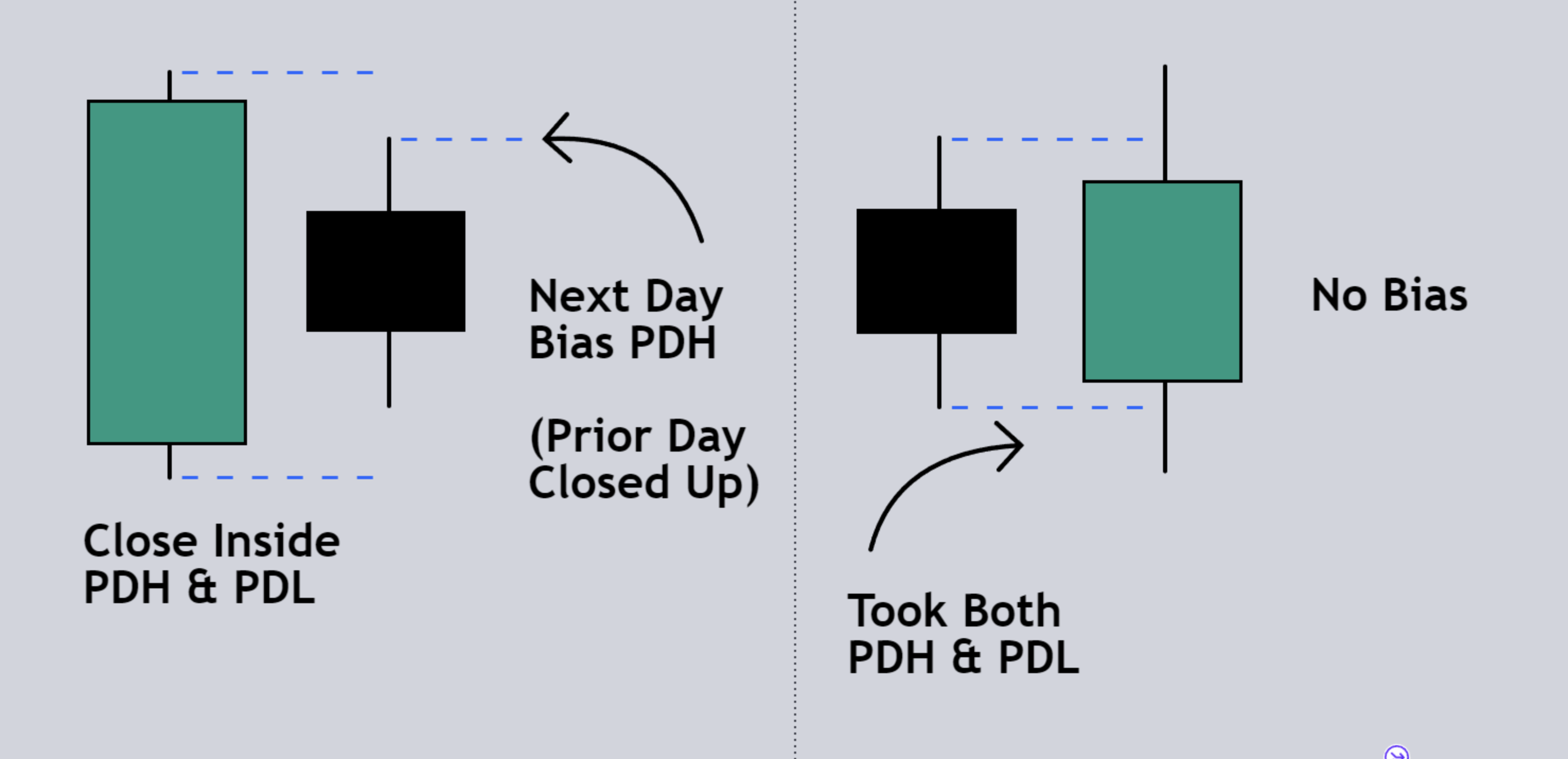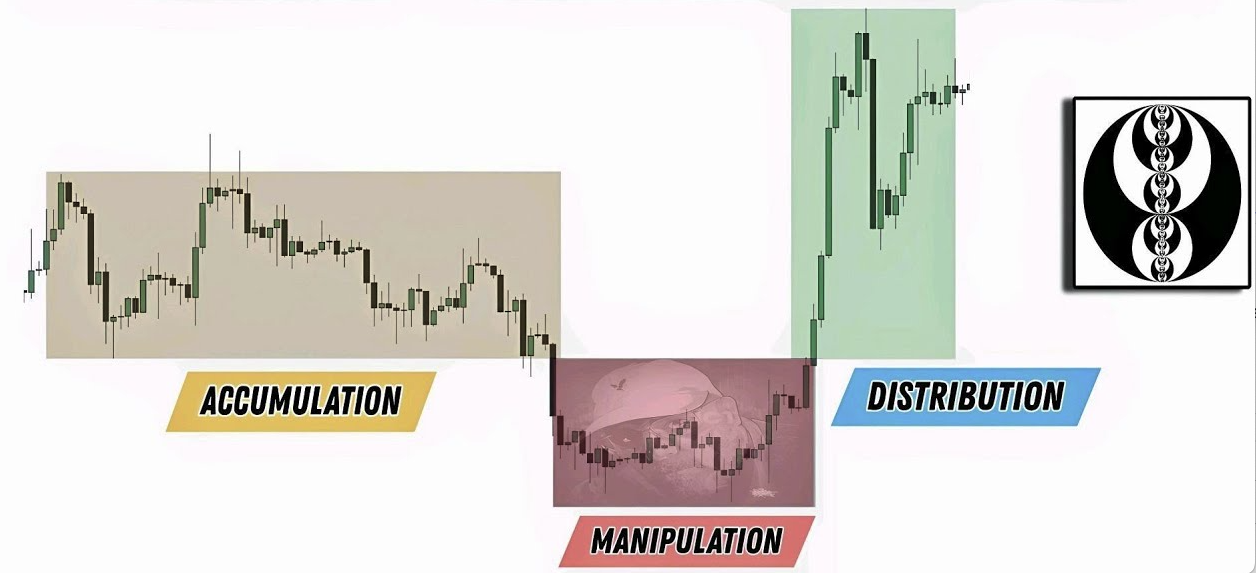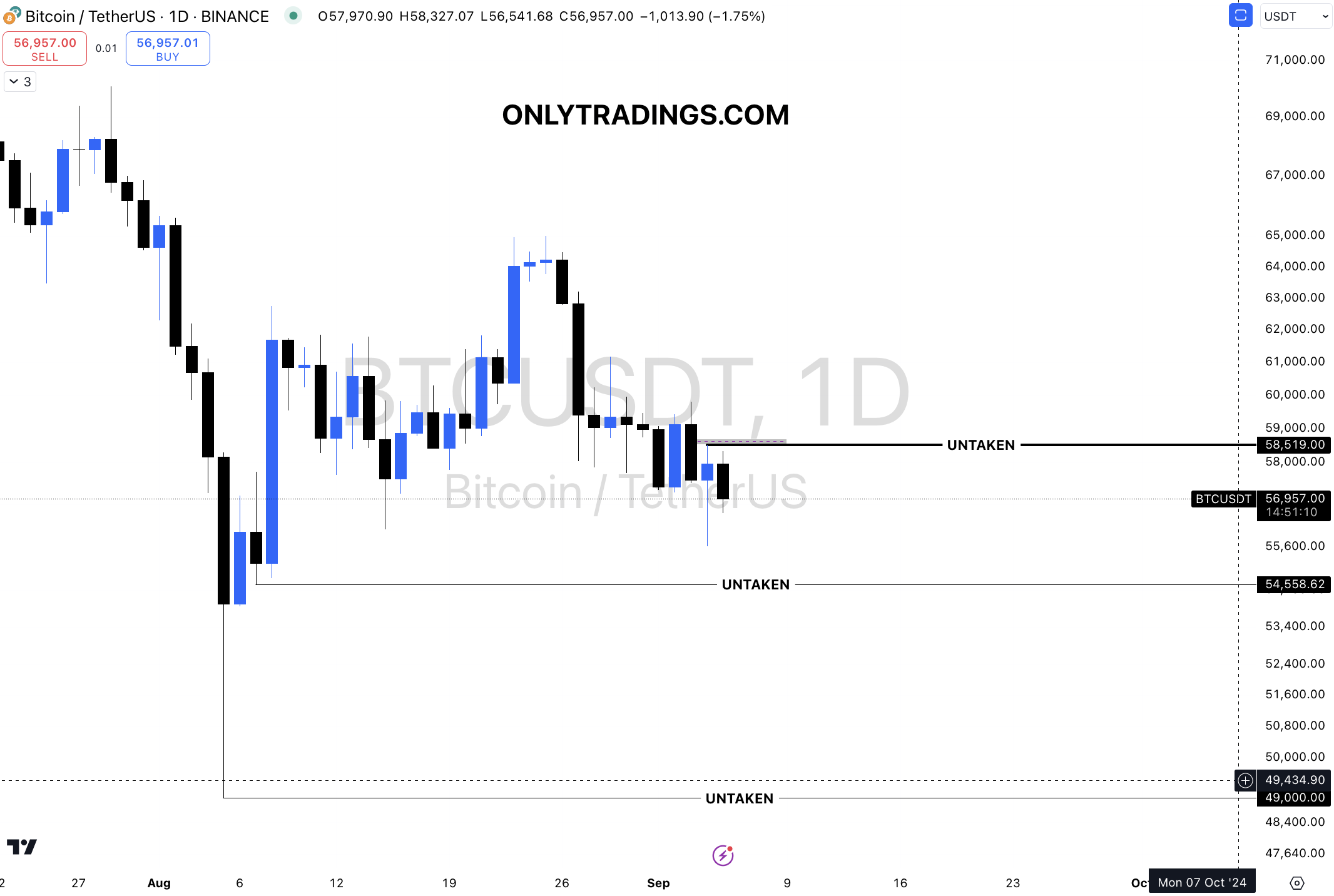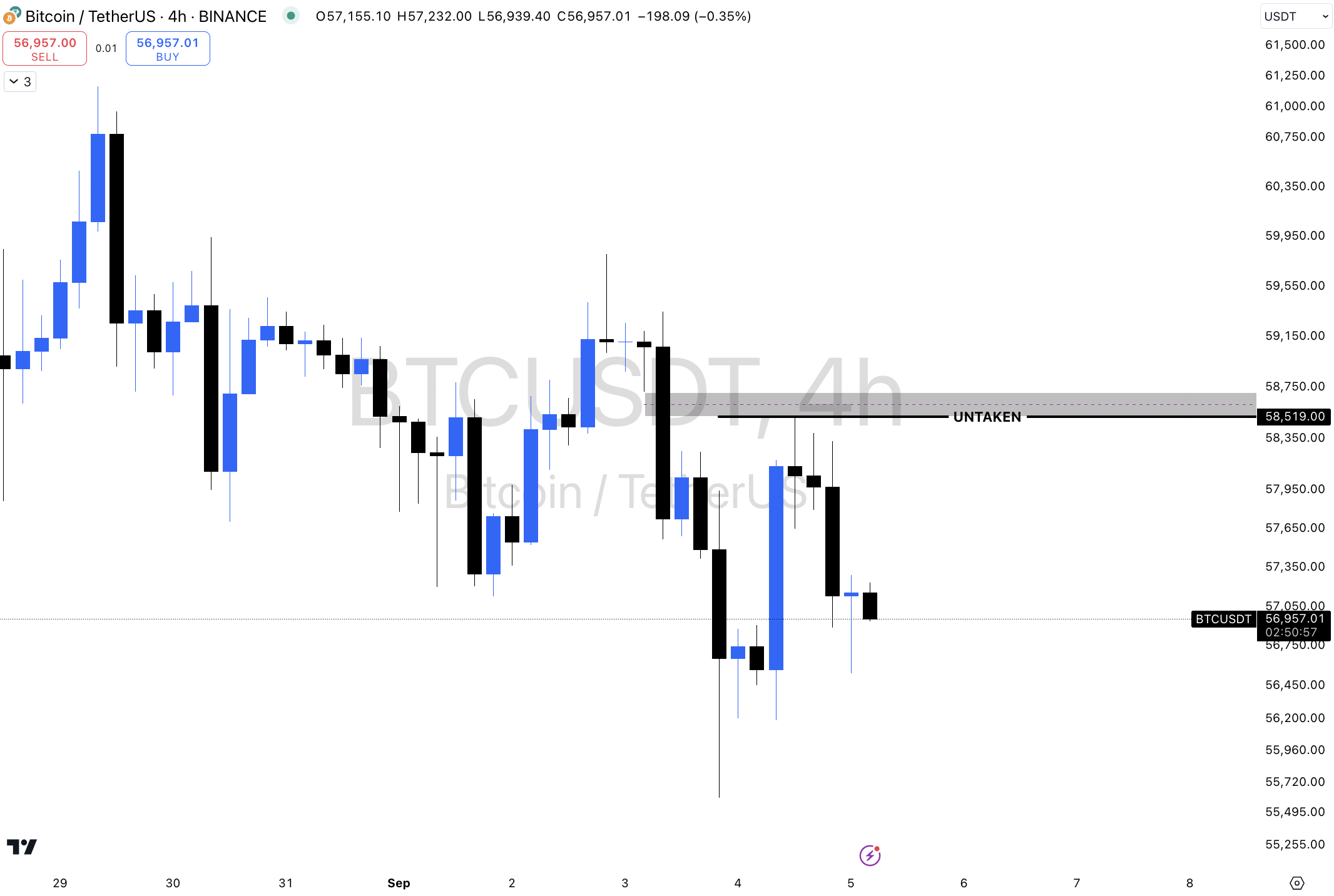
Mastering Daily Bias and Liquidity Magnetism in ICT Trading:
A Comprehensive Guide
Understanding Daily Bias in ICT Trading Concepts
Identifying daily bias is crucial for traders aiming to predict price behavior based on previous price action. Using the Previous Day's High (PDH) and Previous Day's Low (PDL) as reference points, traders can anticipate where price is likely to go and structure their trades accordingly. Below are four scenarios that explain how to determine daily bias using the PDH and PDL levels.

Close Above PDH (Previous Day’s High)
Explanation: When the daily candle closes above the PDH, it indicates potential bullish continuation. The close above this level suggests that bullish momentum is likely to carry forward into the next session. The expectation is that price will target liquidity above the PDH.
Next Day Bias: PDH. Price is expected to seek higher liquidity levels and potentially break higher, targeting untested highs and liquidity pools.
Fail to Close Above PDH
Explanation: When price fails to close above the PDH, it signals weakness in bullish momentum or a potential exhaustion. This failure often leads to sellers stepping in to push the price lower, targeting liquidity at the previous day's low.
Next Day Bias: PDL. The expectation for the following session is bearish, aiming to take out the PDL and potentially lower liquidity pools.

Close Inside PDH & PDL
Explanation: A close inside the range formed by the PDH and PDL suggests that the market is indecisive or consolidating. If the previous day's close was bullish, the bias may lean toward a bullish continuation the next day, otherwise, traders should prepare for moves in either direction.
Next Day Bias: PDH (assuming the prior day closed bullish). The bias leans toward price targeting the PDH as momentum continues.
Took Both PDH & PDL (Sweeping Liquidity on Both Sides)
Explanation: When price takes out both the PDH and PDL in a single day, this typically indicates a liquidity sweep on both sides of the market. This action often leads to consolidation, as both sides of the market are now balanced. However, it can also set the stage for a large move in either direction.
Next Day Bias: No clear bias. After a liquidity sweep, the market may consolidate before making the next significant move.

Tying These Scenarios into ICT Concepts: CRT, AMD, and PO3
Candle Range Theory (CRT): Price oscillates between key levels (such as PDH and PDL). Observing how price interacts with these levels helps predict where price will move next. For example, a close above PDH suggests bullish continuation, while failure to hold above PDH could signal bearish behavior.
Accumulation-Manipulation-Distribution (AMD): Markets go through phases of accumulation (range-bound action), manipulation (false breakouts or liquidity grabs), and distribution (trend moves). PDH/PDL levels help traders recognize when manipulation may be ending and the distribution phase is beginning.
Power of Three (PO3): This divides the day into accumulation (range), manipulation (liquidity grabs), and distribution (trend). Daily bias, whether the price closes above or below PDH/PDL, aligns with these phases, helping traders understand which part of the cycle they are in.
Liquidity as a Magnet: Logic and Explanation
Liquidity is a central driver in the market. Untaken liquidity, which is represented by resting stop orders above or below significant levels like PDH and PDL, acts as a magnet for price. Here’s how liquidity works as a magnet:
Market Makers and Liquidity Seeking
The market is designed to seek liquidity to execute large orders without causing slippage. Institutional players require liquidity to execute trades, and they often target areas with a high concentration of stop orders (liquidity pools). These pools are typically found at significant highs and lows, such as the PDH and PDL. Untaken liquidity acts as a magnet, pulling the price toward these levels.
Stop Hunts and Liquidity Pools
Traders frequently place their stop-loss orders above swing highs and below swing lows. These areas become prime liquidity pools for market makers, who may push the price toward these levels to trigger these stops. Once the stops are triggered, liquidity is released, allowing large orders to be executed efficiently.
For example, untaken highs (above the current price) contain stop-losses for short positions, making them targets for price. Similarly, untaken lows (below the current price) contain stop-losses for long positions. The market often moves to tap into these liquidity pools.
Liquidity as Fuel for Future Moves
Once liquidity is taken at key levels, it often fuels a significant price move. For example, after taking out a previous untaken high, market makers may sell into the buying pressure generated by the triggered stop-loss orders. After capturing liquidity, price may reverse or continue trending, depending on the broader context.
Magnet Behavior
As price moves closer to untaken levels, the likelihood of the level being tested increases. This magnet-like behavior is common when price consolidates near key liquidity pools, as it builds momentum to break through those levels. Once the liquidity at these levels is captured, the market is likely to make a significant move.


Example from the Chart
The chart depicts untaken liquidity at various price levels. These untaken levels represent resting stop-loss orders from previous sessions, making them targets for price. As price approaches these levels, the magnet effect comes into play, pulling price toward them until liquidity is captured. After capturing this liquidity, the market may reverse or continue, depending on whether the price is in a distribution or accumulation phase.
Summary of the Liquidity Magnet Concept
Untaken Levels: Represent liquidity pools, acting as magnets that pull the price toward them.
Market Makers' Role: Price gravitates to these levels to facilitate large institutional transactions.
Liquidity Capture: Once price reaches these levels and takes liquidity, it may lead to a significant move, either continuing the trend or reversing.
By understanding untaken liquidity levels and the magnet effect, traders can better anticipate future price movement and improve their trading strategies based on ICT's liquidity-seeking concepts.

© 2024 onlytradings.com. All rights reserved. The information in this publication is for general informational purposes only and does not constitute professional advice. onlytradings.com assumes no responsibility for errors, omissions, or outcomes related to the use of this information. We maintain a neutral stance on all political matters, providing unbiased content that should not be interpreted as an endorsement of any political party, candidate, or policy. No part of this publication may be reproduced or transmitted without prior written permission. For inquiries, visit www.onlytradings.com.

